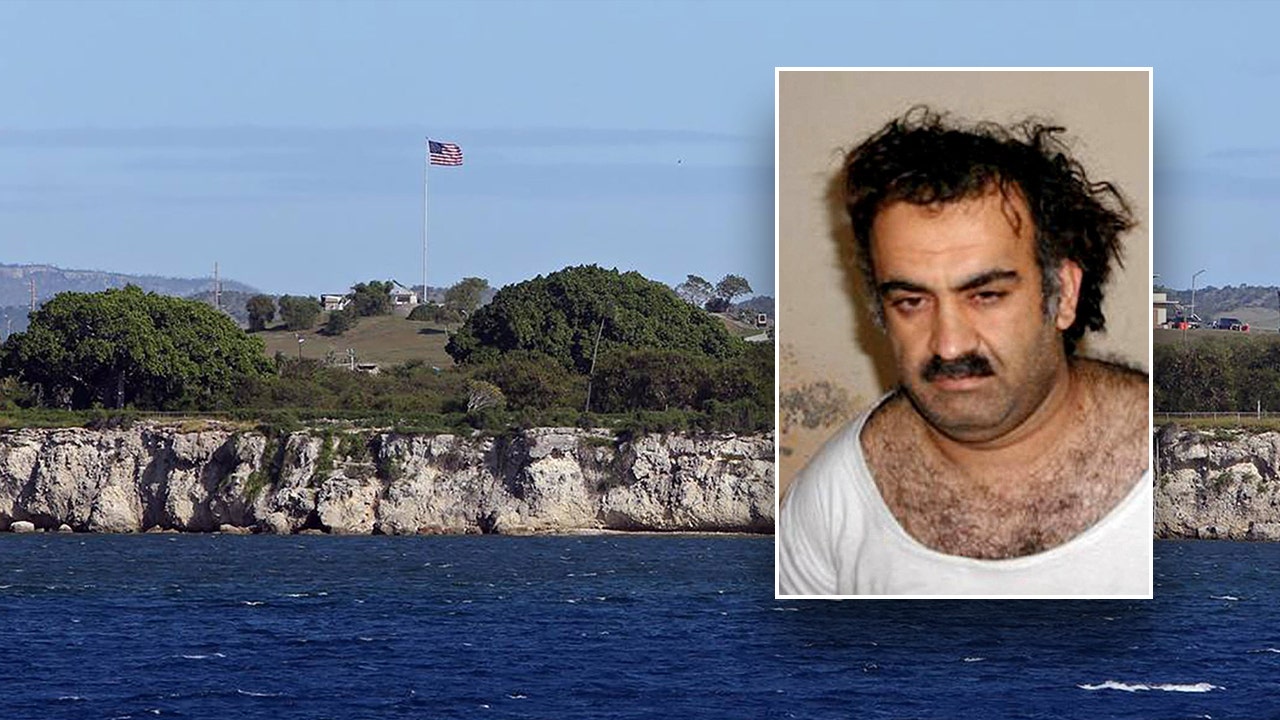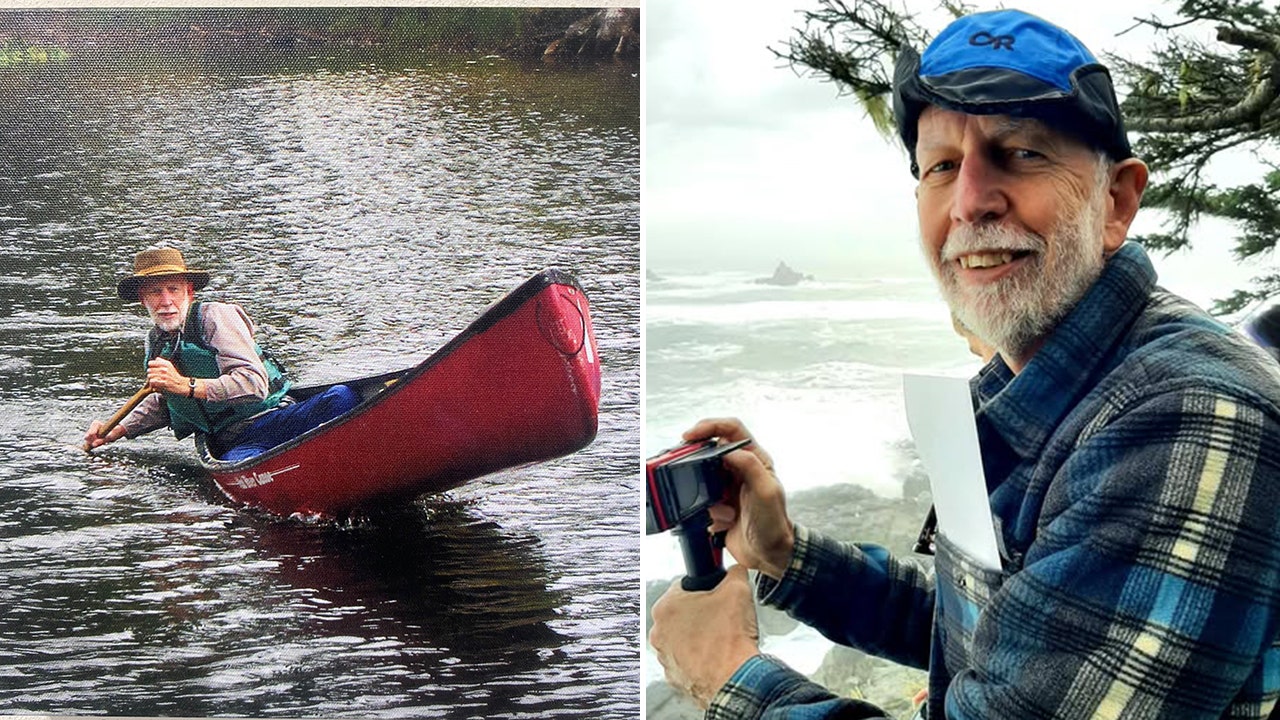One hundred and seventy-three days.
That’s how long they had to establish the team and the operation, to transport the infrastructure and the people. To outfit an arena built for basketball, to construct facilities for practice. To build engagement with the community, to sell fans and sponsors on the franchise. To pick a color-scheme, to design jerseys and to create a logo — at least temporary ones, insignia to carry over until the official team name and icon are decided upon.
On April 18, the NHL Board of Governors approved an NHL club for Utah Jazz owner Ryan Smith and Salt Lake City.
On Tuesday night, Oct. 8, the puck drops in the Delta Center and the Utah Hockey Club begin their inaugural campaign.
And you thought your summer flew by.
“It’s been an amazing example of what everyone pulling on the rope together in unison can accomplish,” Utah’s President of Hockey Operations Chris Armstrong told The Post on Monday.
The pace at which they’ve been pulling is Herculean.
A new expansion team would have years to put the pieces of their franchise together. Utah isn’t that, but even still, its five-month lead time is unprecedented— not just by NHL standards, but by professional sports standards.
Whereas traditional expansion teams like the Golden Knights or Kraken built their rosters and front-offices from scratch, Utah inherited the Arizona Coyotes’ hockey assets. That included players, draft picks and coaching staff.
But it wasn’t just the players on the ice and the coaches behind the bench who were moving to Utah — it was the back of the house staff, too.
“The reason we thought any of this was possible was because of the people we’d be bringing into the organization,” Armstrong said.
Physically moving the players, hockey operations personnel and their equipment from Phoenix to Salt Lake City was the first order of business. Setting them up in NHL-caliber facilities was the next.
For their practice site, Utah landed on the Olympic Oval, the long-track speed skating venue built for the 2002 Olympics.
The team planted a rink within the skating oval, and in one of the building’s unused corners, constructed a 17,000 foot structure. Inside, they built state-of-the-art locker rooms, coaches’ offices, video-rooms and players lounges.
Concurrent with this retrofitting of the Oval, a similar process was taking place 15 miles to the north.
To optimize the Delta Center (a purposely-built basketball venue and home of the Utah Jazz) for hockey, the club constructed new locker rooms, coaches’ offices and training areas. These renovations are part of an ongoing, multi-year project.
As far as filling the venue, Armstrong says, “we’re on pace to be a top-twenty team in the NHL this year in both ticketing revenue and partnership revenue.”
Utah locked down its color palette, jersey and logo in a matter of weeks. And while these assets are temporary, there’s nothing transient about the brand the club is establishing beneath them.
“Right out of the gate we’ve been investing at the grassroots level and lining up community programming and fan engagement opportunities,” Armstrong said. “Those are the sort of things we’re [focused on] as we continue to evolve our overall brand identity for the future.”
An evolution 173 days in the making. Now here comes the fun part.
















